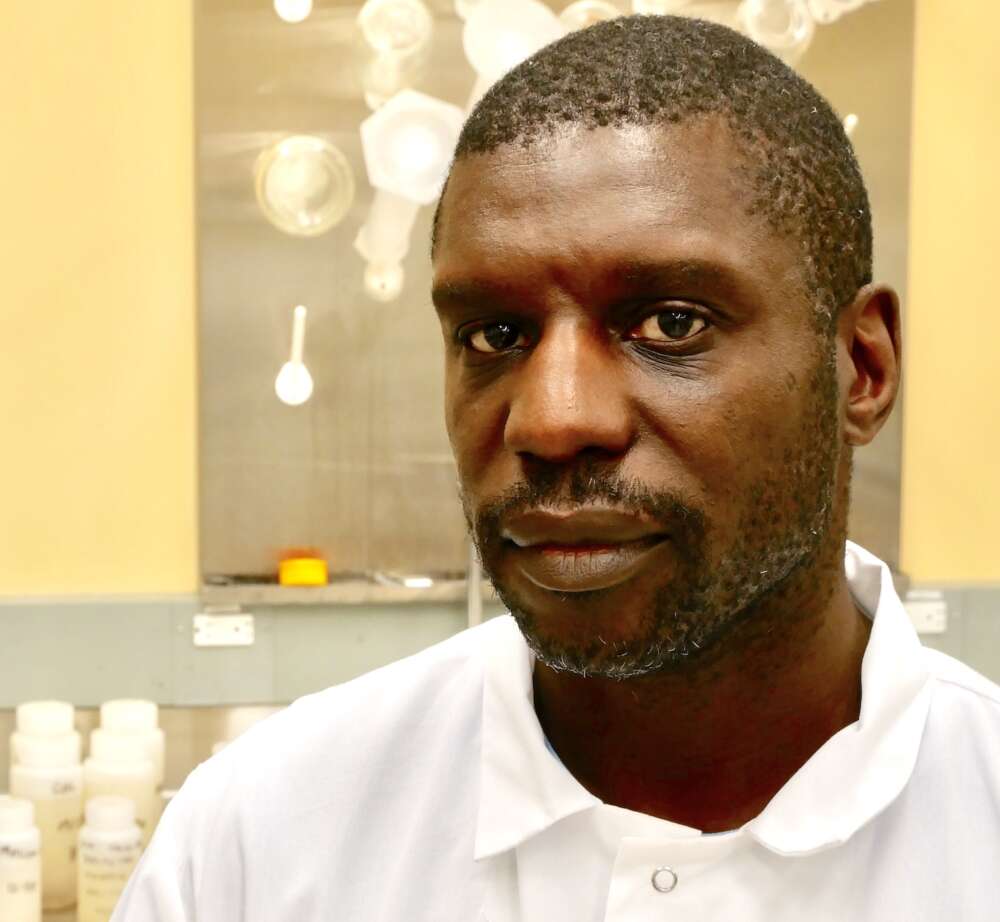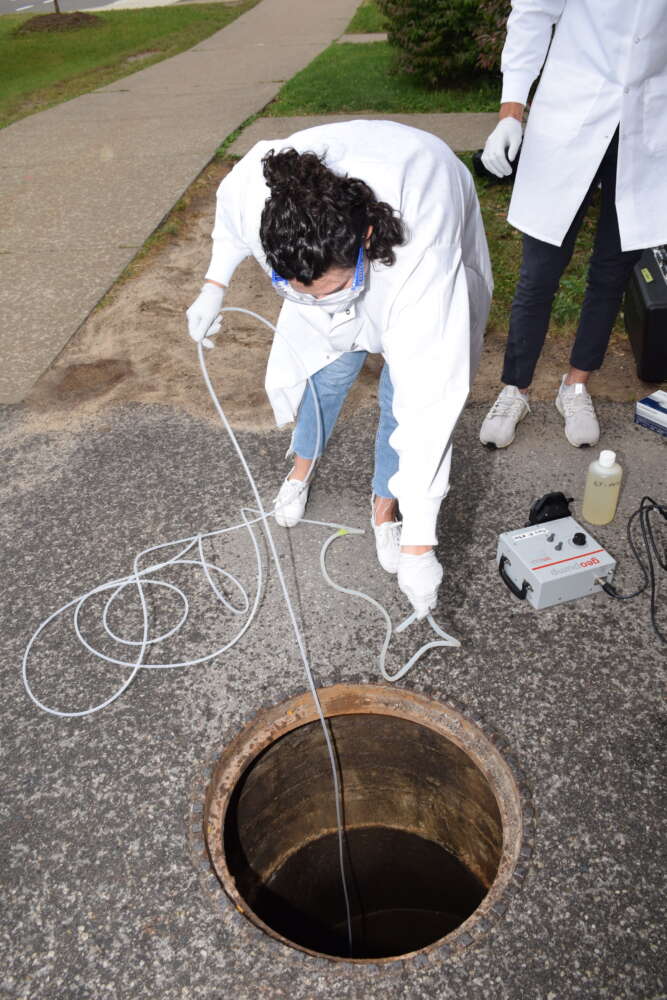
The University of Guelph is quickly becoming a national and international leader in the early detection of the COVID-19-causing SARS-CoV-2 virus in wastewater systems, and the method’s success is helping make the University campus safer, says food science professor Dr. Lawrence Goodridge.
Goodridge and his research team are using genomic science and engineering to pinpoint the virus in wastewater systems, including U of G’s residence wastewater system. Their techniques have proven to be an effective tool in preventing the spread of COVID-19 on campus.
The U of G team was one of the first in Canada to begin surveillance of campus residence wastewater for the SARS-CoV-2 virus.
Begun in October 2020, the project can detect variants of the virus, improving the University’s ability to pinpoint positive cases on campus.
The project will expand this fall to all residences on campus, including increased weekly testing and a social media tracking component.
“The University community is definitely safer when we can identify where infected people are situated on campus, what building they reside in and alert them to the steps they can take to prevent the spread of the disease,” said Goodridge, who adapted his lab and expertise in food-borne illness to combat the pandemic.

Goodridge said PCR (polymerase chain reaction) technology effectively detects cases of COVID-19 in campus residences. Over the past year, this early detection enabled the University to rapidly respond and prevent the spread of the virus.
“Each time we detected a genetic signal, we would alert a committee on campus that would determine what to do,” said Goodridge, who is the Leung Family Professor in Food Safety and director of U of G’s Canadian Research Institute for Food Safety. “The information was then used to alert students in the residence where the signal was detected and encourage them to follow public health guidelines. We also informed public health of the findings.”
Now fine-tuned, this process will be a valuable tool to help ensure the health and safety of the campus community in the fall semester, he added.
The SARS-CoV-2 virus enters the wastewater system through feces and can appear in sewers well before symptoms show up in the population. Goodridge said by the time symptoms turn up, a viral outbreak may be well under way.
“Early detection is critical to controlling the spread.”
The wastewater surveillance team includes Dr. Ed McBean, School of Engineering; Dr. Heather Murphy, Department of Pathobiology; and Dr. Marc Habash, School of Environmental Sciences. McBean and Murphy are the wastewater experts, and Goodridge and Habash handle the laboratory analysis.
“We have been doing this work for the campus community but also as part of an ever-expanding wastewater surveillance initiative developed by the provincial government,” Goodridge said.

The team set out in mid-2020 to determine whether it could identify the virus’s genetic material in wastewater and whether the method could help prevent outbreaks on campus. Samples were taken in five U of G residences – three on campus and two off-campus family residences – three times a week throughout the academic year.
“We were able to identify signals that correlated to people who were infected,” he said. “But as variants of concern began to emerge, we needed an additional approach. In collaboration with Dr. Chrystal Landgraff in the Public Health Agency of Canada’s National Microbiology Laboratory and her team, we included genomic sequencing and were able to see if there were variants of concern in the wastewater. In some cases, there were. We were also testing the city of Guelph wastewater and found variants there.”
The team’s discovery of variants came about a month before public health officials were able to confirm that people in the community were sick with those variants, Goodridge said.
The team now has approval to test all U of G student residences seven days a week throughout the coming academic year, further protecting the campus community, he said. Wastewater sample equipment and several elements of the process have been enhanced and adjusted to improve the process.
Social media syndromic analysis could be introduced as early as this fall, said Goodridge. The process, already in use elsewhere, searches social media posts for descriptions of symptoms consistent with a given disease. Goodridge’s team will be the first to use it in combination with wastewater surveillance, further improving detection and protection.

The research team has received significant funding for various projects related to wastewater surveillance, including support through U of G’s COVID-19 Research Development and Catalyst Fund.
The team also received funding from the Ontario government to test wastewater in Guelph, Orangeville, St. Thomas and Halton region. Under this $12-million initiative, U of G and other institutions across the province are creating a municipal wastewater surveillance network to test samples taken from communities across Ontario.
Genome Canada through Ontario Genomics also funded projects led by Goodridge aimed at faster detection of food-borne illness outbreaks by combining wastewater monitoring with social media technologies: one project that includes tracking the COVID-19-causing virus, and another to determine the presence of variants of concern and interest that are circulating in wastewater in Ontario.
“Dr. Goodridge and his team have been tremendously successful in mobilizing their world-class expertise into action, resulting in significant advances in our ability to protect ourselves from the spread of the SARS-CoV-2 virus and virus variants,” said Dr. Malcolm Campbell, vice-president (research). “Their work is vital to our ongoing response to the pandemic within our own community and around the globe.”
The low cost and greater speed and ability of wastewater surveillance to detect emerging pathogens before they become endemic can help improve and speed up responses to disease outbreaks, decreasing global illness and death, said Goodridge.
“The University of Guelph has a long history of wastewater research,” he said. “We believe the University will continue to play a major role in wastewater monitoring to detect disease. We have become a major player in this area. I think the University has established itself as a provincial, national and even global leader in wastewater surveillance for outbreak detection.”
Contact:
Dr. Lawrence Goodridge
goodridl@uoguelph.ca